 Customer Service
Customer Service

10 July, 2023

Did you know that 75% of customers expect consistent interactions across multiple channels from a company? That is where customer service phrases come into play.
As a business owner, you need to communicate with your customer through various channels. And when you communicate with them, you must show empathy and understand their needs and emotions while providing accurate and clear information.
All these help build trust and rapport with your customer and create positive impressions and experiences. Therefore, you need to know the appropriate responses and phrases.
In this blog, I will give you some examples of customer service phrases, how to use them in different situations, which phrases to avoid, and how to customize them for different channels.
Contents
Here are my top picks:
Let’s discuss these phrases in detail:
This phrase expresses appreciation and gratitude to customers who purchase an item or use a service from your company. You can use this phrase in several different situations, like after a customer places an order, renews a subscription, gives feedback, or refers your company to a friend.
With this phrase, you express that you value the customer’s trust, satisfaction, and loyalty. The undertone of this phrase represents that the customer has made a wise decision by choosing your company over your competitors.
You can deliver this phrase in various ways, such as emails, cards, phone calls, or social media posts. It needs to be personalized, timely, and sincere when delivering this phrase. After delivering the line, you can also include additional information like resources, offers, or testimonials.
This phrase is a professional and polite way to greet a customer and how you can help them. You can use this phrase at the beginning of a phone call, an email, a chat, or any other communication channel. With this phrase, you establish that you are attentive, respectful, and eager to help.
The common use of this phrase is to start a positive conversation and show that you care about their needs. You use this when interacting with a customer who has contacted you for service or support.
With this phrase, you express that you are happy to help your consumers with whatever issue they are facing. Additionally, you know the time of the day and respect your customers’ schedules. It can make your customer feel valued and appreciated.
If you are on a phone call, deliver this phrase with a confident and friendly tone. Smile and make eye contact if you are on a video call. Do not sound bored, impatient, or scripted. You can personalize the phrase using the customer’s name or other relevant details.
This phrase expresses empathy and compassion for the customer’s situation. You can use it when the customer is upset, frustrated, or disappointed with a product, service, or experience.
With this phrase, you acknowledge and validate the customer’s feelings and express that you care about their satisfaction. You must deliver the phrase with utmost sincerity and respect, with a calm and friendly tone.
You should follow up this phrase with an explanation of what caused the problem and what you are doing to fix it. Additionally, you can mention what you can offer as a solution or compensation.
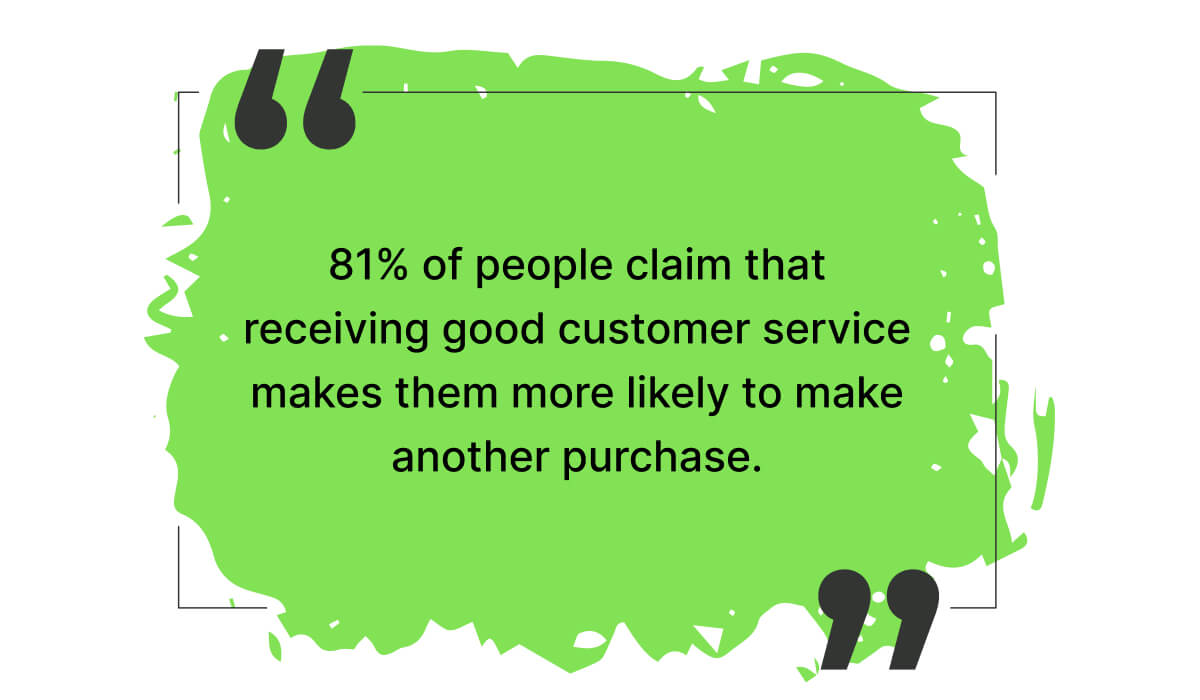
This is another empathy statement that shows that you care about the customer’s feelings and perspective. These statements are crucial as they can foster healthy customer relations, build customer loyalty, and increase customer satisfaction.
By using this phrase, you are showing the customer that you care about their problem and that you are on their side. This phrase can help to calm down an angry or frustrated customer and make them feel more comfortable and trusting. It can also help to build rapport and establish a positive relationship with the customer.
However, you should only use this phrase if you genuinely mean it and if it matches the customer’s emotions. Otherwise, it might sound insincere or patronizing.
You can use this phrase in different customer service channels, such as phone, email, chat, or social media. However, you should also customize it according to the channel and the situation.
For example, on the phone, you can use a warm and friendly tone of voice and add some details or examples to show that you understand the customer’s situation. In the email, you can use formal and polite language and include some bullet points or steps to explain how you will solve the customer’s problem.
On chat, you can use a casual and conversational style and add some emojis or gifs to show your emotions. On social media, you can use a brief and concise message and tag the customer or use their name to make it more personal.
This phrase is used to express gratitude and appreciation for the customer’s time and understanding. It means that the customer service representative acknowledges the customer’s situation and values their cooperation.
It can be used in various scenarios, such as when the customer is waiting for a response, when the customer is experiencing a problem or issue, or when the customer is giving feedback or suggestions.
This phrase can be customized for different customer service channels by adding more details, personalization, or empathy. For example, on a phone call, you can say, “Thank you for your patience while I look into this for you.”
In an email, you can say, “Thank you for your patience and for choosing our service.” You can say “Thank you for your patience and understanding on a social media post. We apologize for any inconvenience caused.”
This phrase expresses empathy and willingness to solve the customer’s problem. It means that you care about the customer’s satisfaction and that you are taking action to improve their experience.
You can use this phrase when the customer is unhappy or frustrated with your product or service or when they have encountered an issue that needs to be resolved.
You can customize this phrase for different customer service channels by adding more details about the situation, such as “Let me see how I can make the shipping delay better for you” or “Let me see how I can make the refund process easier for you.”
This phrase expresses gratitude and acknowledgment of the customer’s input. It means that you value the customer’s opinion and that you are sharing it with your colleagues to improve your product or service.
You can use this phrase when the customer gives you a compliment, a suggestion, or a complaint.
You can customize this phrase for different customer service channels by adding more details about the feedback, such as “I appreciate your feedback on our new feature. I will pass it on to our development team” or “I appreciate your feedback on our customer service. I will pass it on to our manager”.
This phrase expresses availability and willingness to assist the customer further. It means that you are not rushing the customer and that you are ready to answer any other questions or concerns they may have.
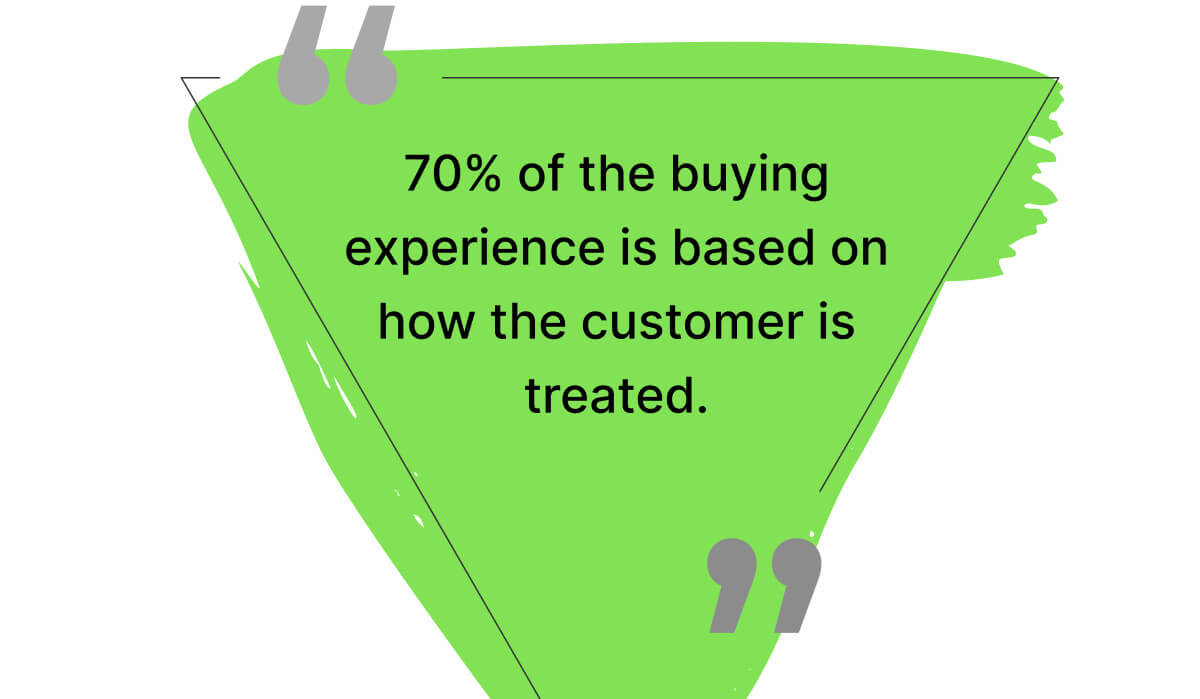
You can use this phrase at the end of a conversation, after you have solved the customer’s problem or provided them with the information they needed.
You can customize this phrase for different customer service channels by adding more details about the next steps, such as “Is there anything else I can help you with today? If not, please feel free to contact us again anytime” or “Is there anything else I can help you with right now? If not, please check your email for a confirmation of your order”.
With this phrase, you express gratitude and appreciation for the customer’s business or feedback. It means that you value their relationship and that you are happy to help them.
You can use this phrase at the end of a conversation or after resolving an issue. You can customize it for different channels by adding a smiley face for email or chat or by using the customer’s name for phone or face-to-face interactions.
This phrase expresses positivity and goodwill. It means that you wish the customer well and that you hope they enjoy their day.
You can use this phrase at the end of a conversation or as a sign-off. You can customize it for different channels by using different adjectives, such as “wonderful,” “amazing,” or “fantastic,” or by adding a seasonal greeting, such as “Happy holidays” or “Happy spring.”
This customer service phrase expresses enthusiasm and empathy. It means you share the customer’s excitement or satisfaction and care about their success. You can use this phrase when the customer tells you something positive, such as achieving a goal, receiving a benefit, or solving a problem.
You can customize it for different channels by adding an exclamation mark for email or chat or by using a different verb, such as “I’m thrilled for you” or “I’m delighted for you.”
This phrase expresses curiosity and respect. It means that you acknowledge the customer’s inquiry and that you are eager to answer it. You can use this phrase when the customer asks you something relevant, interesting, or challenging.
You can customize it for different channels by using a different adjective, such as “great,” “smart,” or “insightful,” or by adding a compliment, such as “You have a keen eye” or “You have a good sense of humor.”
This phrase expresses curiosity and interest in the customer’s issue. It means that you want to understand their problem better and provide a suitable solution. You can use this phrase when you need more information from the customer to troubleshoot or diagnose their issue.
You can customize this phrase for different customer service channels by adding a polite word or a smiley face, such as “Can you please share a few more details with me?” or “Can you share a few more details with me? :)”
With this line, you express honesty and willingness to help. It means that you do not have the answer at hand, but you are committed to finding it for the customer. You can use this phrase when you encounter a question that is beyond your knowledge or expertise.
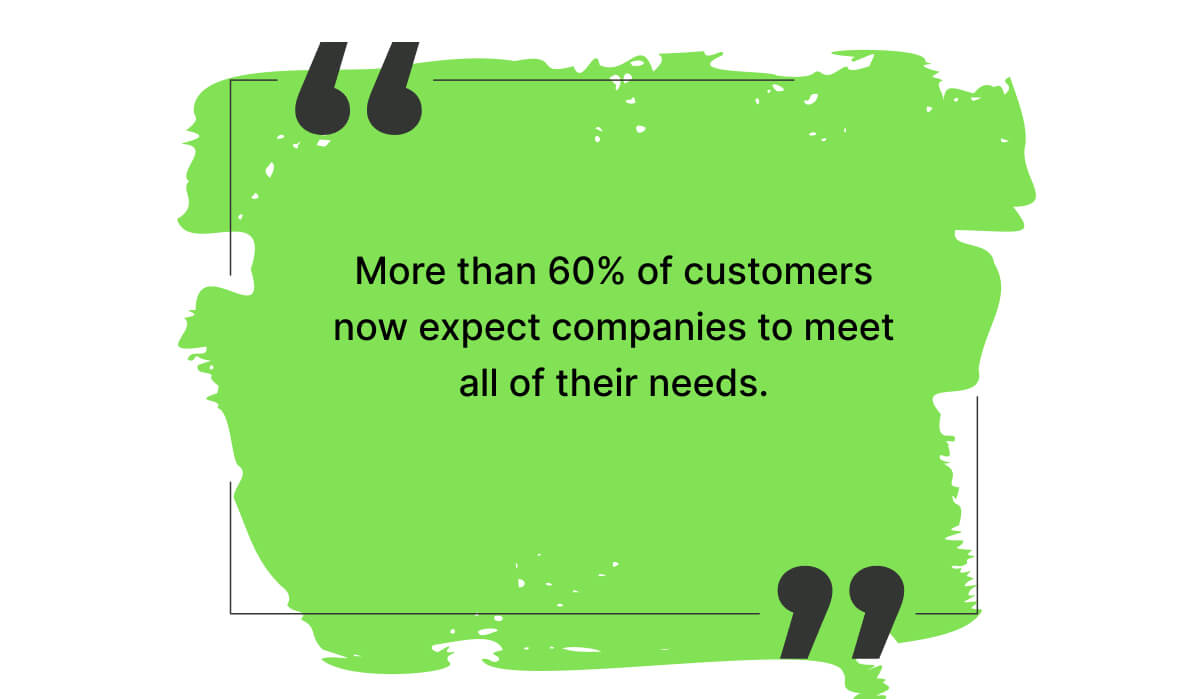
You can customize this phrase for different customer service channels by adding a time frame or a reassurance, such as “I am not sure of the answer. Let me find it out for you in 10 minutes.” or “I am not sure of the answer. Let me find it out for you. I promise I will get back to you as soon as possible.”
The phrase “Please hold for a moment. I will transfer the call to our expert team.” expresses respect and professionalism. It means that you are unable to resolve the customer’s issue by yourself, but you have a team of experts who can assist them.
You can use this phrase when you need to escalate the customer’s issue to a higher level of support or a different department.
You can customize this phrase for different customer service channels by adding a reason or an apology, such as “Please hold for a moment. I will transfer the call to our expert team who can handle this matter better.” or “Please hold for a moment. I apologize for the inconvenience. I will transfer the call to our expert team.”
You get to use this phrase to express gratitude and appreciation to the customer who is waiting for you to complete an action. It means that you value the customer’s time and patience. You can use this phrase when you resume the conversation after putting the customer on hold or after finding the answer to their question.
You can customize this phrase for different customer service channels by adding a compliment or an empathy statement, such as “Thank you for waiting. You are very kind.” or “Thank you for waiting. I know how frustrating this must be for you.”
This customer service phrase shows that you are confident and capable of solving the customer’s problem. It also implies that you are willing to go the extra mile to meet their needs. It can be used when you have a clear idea of how to resolve the issue or when you need to offer some options or alternatives to the customer. For example:
This customer service phrase invites the customer to give feedback on your proposed solution. It also shows that you care about their opinion and satisfaction. It can be used after you have explained what you can do for them or after you have implemented the solution. For example:
This customer service phrase expresses gratitude and appreciation for the customer’s input. It also acknowledges that you have listened to and understood their issue or request. It can be used when the customer has shared some important information with you, such as a problem, a preference, a compliment, or a suggestion. For example:
This customer service phrase expresses that you are actively working on resolving the customer’s issue and that you will update them on the progress or outcome within a specific time frame.
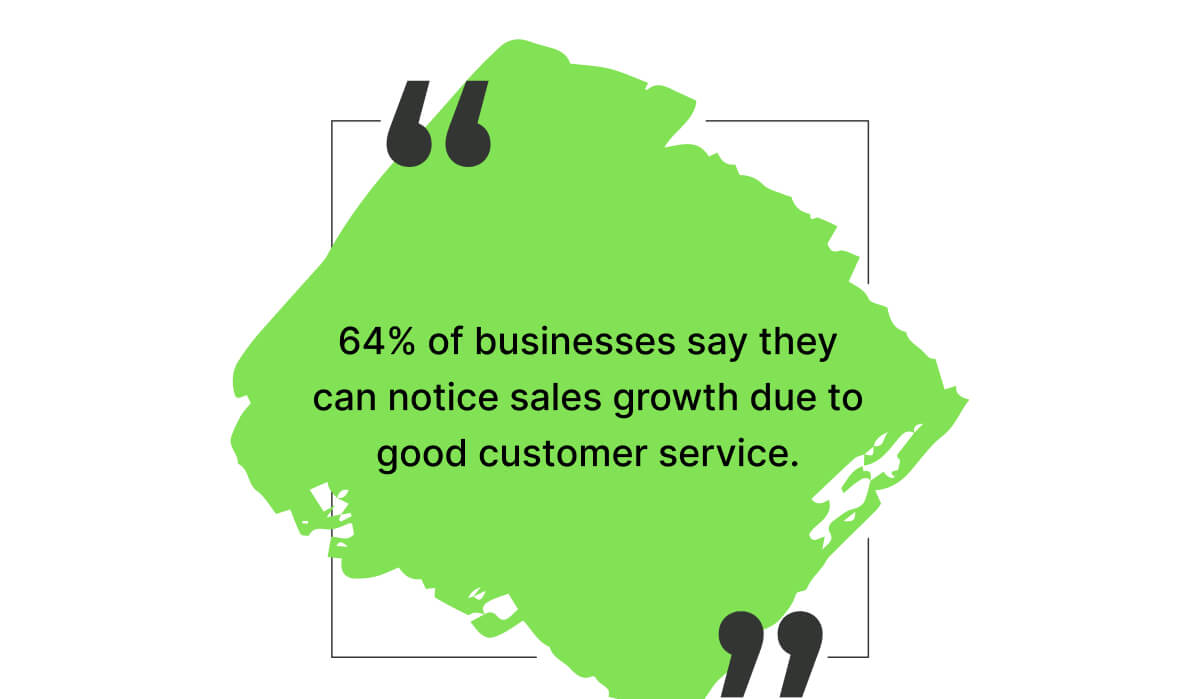
You can use this phrase when you need more time to investigate or fix a problem and when you want to reassure the customer that you are not ignoring or forgetting their request.
You can customize this phrase for different communication channels by adding or changing some details. For example:
This customer service phrase conveys a sense of accomplishment and satisfaction for both you and the customer. It also signals that the issue has been resolved and that the customer can move on with a positive experience. It can be used at the end of the conversation after you have confirmed that the customer is happy with the outcome. For example:
One of the common customer service phrases is, “Do you have any further questions for me?”. This phrase expresses a sense of attentiveness and willingness to help the customer. It means that the customer service representative is ready to answer any doubts or concerns that the customer may have.
This phrase can be used at the end of a conversation, after resolving the customer’s issue or providing the information they need. It can also be used as a way to check if the customer is satisfied with the service. Depending on the customer service channel, this phrase can be customized by adding a name, a thank you, or a smiley face. For example:
“Here is our number/email. Feel free to reach out anytime.” is another common customer service phrase. This phrase expresses a sense of availability and accessibility for the customer. It means that the customer service representative is not only providing a one-time service but also offering continuous support.
This phrase can be used when the customer may need to follow up on their issue, request more information, or provide feedback. It can also be used as a way to show that the customer service representative cares about the customer’s experience.
Depending on the customer service channel, this phrase can be customized by adding a signature, a greeting, or a call to action. For example:
It was a pleasure speaking with you. This phrase expresses gratitude and appreciation for the customer’s time and attention. It means that you enjoyed the interaction and valued their feedback.
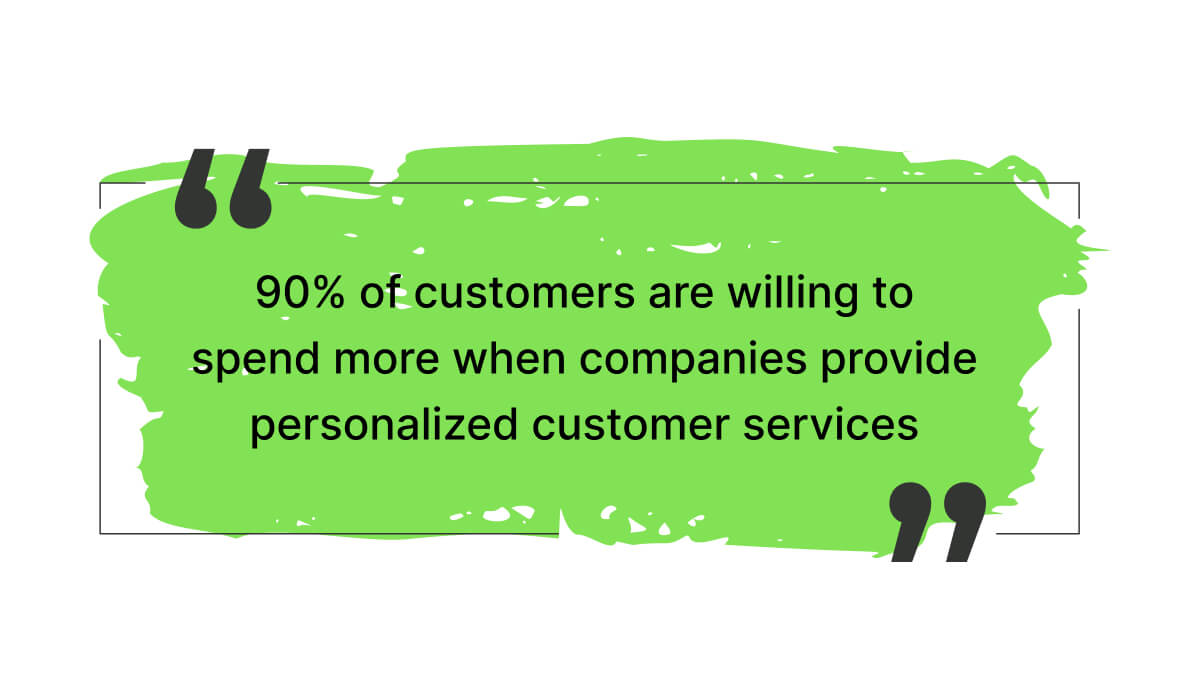
You can use this phrase at the end of a conversation after resolving an issue or answering a question. You can customize this phrase for different customer service channels by adding a personal touch, such as using the customer’s name, referring to something specific they mentioned, or thanking them for choosing your company.
This phrase invites the customer to share their opinion and satisfaction with your service. It means that you care about their experience and want to improve your performance.
You can use this phrase after a conversation when you have met the customer’s needs and expectations. You can customize this phrase for different customer service channels by providing a link to the survey, explaining how long it will take, or offering an incentive or reward for completing it.
Customer service phrases are words and expressions that you use when interacting with customers. They can help you communicate clearly, politely, and effectively in various situations.
However, using customer service phrases effectively is not as simple as memorizing a list of words. You need to consider your message’s context, tone, and intention, as well as the customer’s needs, emotions, and expectations.
Here are some tips on how to use customer service phrases effectively:
Using customer service phrases effectively can help you build rapport, trust, and loyalty with your customers. It can also help you resolve issues, prevent complaints, and increase satisfaction. Remember always to tailor your phrases to the situation and the customer and to use a friendly and professional tone.
Customer service is a crucial aspect of any business, as it can make or break your reputation and customer loyalty. However, not all customer service phrases are created equal. Some can sound rude, dismissive, or unprofessional and damage your relationship with your customers.
One of the phrases to avoid is “I don’t know.” This phrase can make you seem incompetent or uninterested in helping the customer. Instead, you should say something like, “Let me find out for you,” or “I’ll check with my supervisor and get back to you as soon as possible.” This way, you show that you care about the customer’s issue and that you are willing to find a solution.
Another phrase to avoid is “That’s not my department.” This phrase can make the customer feel frustrated or ignored, as they have to deal with multiple people or transfers. Instead, you should say something like, “I’m sorry for the inconvenience, but I’ll connect you with the right person who can help you,” or “Let me see if I can find someone who can assist you with this.” This way, you show that you are empathetic and that you are trying to make the process easier for the customer.
A third phrase to avoid is “You’re wrong.” This phrase can make the customer feel angry or defensive, implying they are lying or mistaken. Instead, you should say something like, “I apologize for the misunderstanding,” or “I see where you’re coming from.” This way, you show that you respect the customer’s perspective and that you are willing to work with them to resolve the issue.
These are just some of the examples of customer service phrases to avoid and what to say instead. By using more positive and professional language, you can improve your customer service skills and create a better impression for your business.
One of the challenges of communicating with customers across different channels is maintaining a consistent and professional tone while adapting to specific features and expectations.
For example, email communication is usually more formal and detailed than phone or chat communication, which requires more brevity and clarity. Here are some tips on how to customize your phrases for different channels without hampering your brand voice or confusing your customers.
When writing an email to a customer, you should use a clear subject line, a polite greeting and closing, and a well-structured body that addresses the customer’s issue or request. You should also use proper grammar, punctuation, and spelling and avoid using slang, emojis, or abbreviations. You can use bullet points or numbered lists to organize your information and make scanning easier for the customer. You should also include a call to action at the end of your email, such as asking the customer to reply, confirm, or follow a link.
When speaking to a customer on the phone, you should use a friendly and confident tone and introduce yourself and your company at the beginning of the call. You should also use active listening skills, such as repeating back what the customer says, asking open-ended questions, and summarizing the main points. You should refrain from using jargon, acronyms, or technical terms the customer may need help understanding. You should also use positive language and avoid negative words such as “no,” “can’t,” or “don’t.” You should also end the call with a clear confirmation of what has been agreed or resolved and thank the customer for their time.
When chatting with a customer online, you should use a casual and conversational tone and use the customer’s name and personal pronouns to create rapport. You should also use short sentences and paragraphs and break up your text with emojis, gifs, or images to add some personality and humor. You should also use abbreviations and acronyms sparingly and explain to them if necessary. You should also respond quickly and acknowledge the customer’s messages, even if you need some time to find an answer. You should also provide clear instructions and links and ask for feedback at the end of the chat.
In this blog post, I have discussed some of the best customer service phrases that you can use to communicate effectively with your customers. I have also shared some tips on how to use these phrases in different situations and channels, and how to avoid some common pitfalls that can damage your customer satisfaction.
Customer service is a key factor in building trust and loyalty with your customers, and using the right phrases can make a big difference in how they perceive your brand and your products. I hope you have found this post useful and informative.
If you want to learn more about customer service and how to improve it, check out our other blog posts on this topic. Thank you for reading.